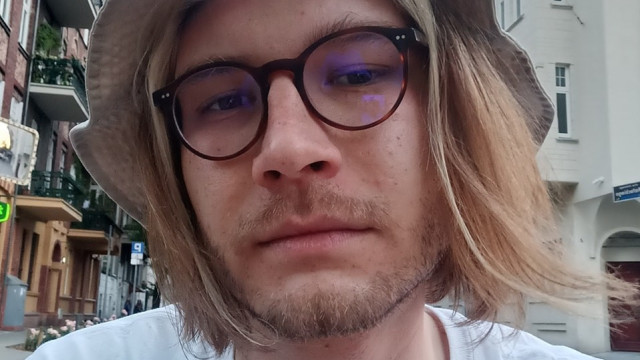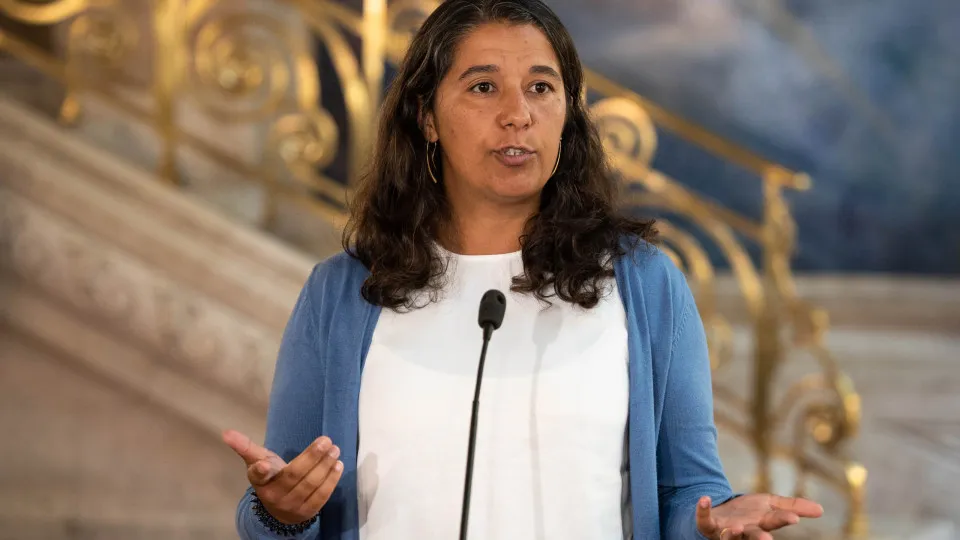Every year, several tourists in Madeira disappear during hikes along the island’s levadas, known to be dangerous. Most are eventually found and rescued alive, without serious injuries. However, not all cases end well, with some remaining unresolved.
In five years, four tourists of foreign nationality have vanished without a trace while exploring the island’s trails. Three of these disappearances happened within just 10 months, between 2020 and 2021.
None of these individuals fit the typical profile of those who suffer accidents on the island’s trails. They were all young, physically fit, and accustomed to great challenges in remote destinations.
Efforts to locate them were comprehensive, but they disappeared mysteriously, seemingly vanishing from the face of the earth.
The first to disappear was Jascha Paul Hardenberg, a 28-year-old German national. The last time the young man was seen was on the afternoon of December 29, 2020, when he set out alone on a footpath along the Levada das 25 Fontes in Calheta.
Around 2 p.m. on the same day, he admitted to a friend that he was lost, sending one last geolocation message, according to the Judiciary Police on their official site.
To date, no clues to his whereabouts have been found. Not a piece of clothing, nor his phone. Nothing.
Seven months after Jascha disappeared, another mysterious disappearance occurred, this time involving a 35-year-old Polish tourist. Michael Kozek was on vacation with his family in Madeira when he disappeared on July 7, 2021.
The experienced ultramarathon runner left the hotel where he was staying with his wife and children in Calheta that afternoon for a trail run.
He took a taxi towards Porto Moniz, where he planned to start a night-time training session on part of the Madeira Ultra Trail (MIUT) route, beginning at the village council.
Around 8 p.m. that day, the Pico da Urze antenna detected Michael’s phone. From that point on, there were no further signs.
During the first three days, in addition to the firefighters, police, and National Republican Guard (GNR), drones and the Civil Protection helicopter were used in the searches. As days passed, the resources allocated to the western mountains of Madeira decreased.
Michael’s brother also searched the area but ended up hospitalized due to exhaustion after walking about 70 km per day without sleep or food.
Months later, in September 2021, a 35-year-old French tourist also disappeared on Madeira while hiking. The last contact with Benoit Way was on September 1 of that year, while the athlete was completing the fourth stage of a 12-day trek.
He intended to cover around 220 kilometers, sleeping in tents. His friends and family became concerned when he failed to post his usual Facebook summary of the day’s journey.
The case prompted a search operation, but nothing was found initially.
Two years later, human remains were discovered in a stream in the parish of São Jorge, Santana county, which authorities suspected belonged to Benoit Way. DNA tests confirmed they were his, solving the mystery of his disappearance.
This week, another tourist vacationing in Madeira went missing. Igor Holewiński, 31, has not been in contact with his family since Sunday morning, when he informed them he was going on a solo hike towards Pico Ruivo.
Igor Holewiński, who was vacationing in the archipelago with his girlfriend, is 1.95 meters tall, has blond hair, and wears glasses.
His friends are now seeking help to hire a private rescue team

A Polish tourist, aged 31, on vacation in Madeira, has been missing since the morning of Sunday, November 2. The family is desperate for news and has made several appeals on social media.
Besides the missing individuals in the past three years, 13 people—all tourists—have died in the mountains of Madeira.
In a statement to SIC Notícias last July, the regional Civil Protection reported that the number of incidents has been rising, with two fatalities this year alone.
Authorities warn that many tourists engage in risky behaviors, such as leaving the recommended trails.
Civil Protection urges caution, emphasizing the importance of planning hikes carefully and considering the region’s unstable weather conditions.
What are levadas?
A levada is an irrigation channel used to transport water from the wetter areas to other zones in need, such as cultivated fields, hydroelectric plants, or even domestic use. Levada areas often have walking paths used for maintenance by locals, which have become popular with tourists for hiking.




